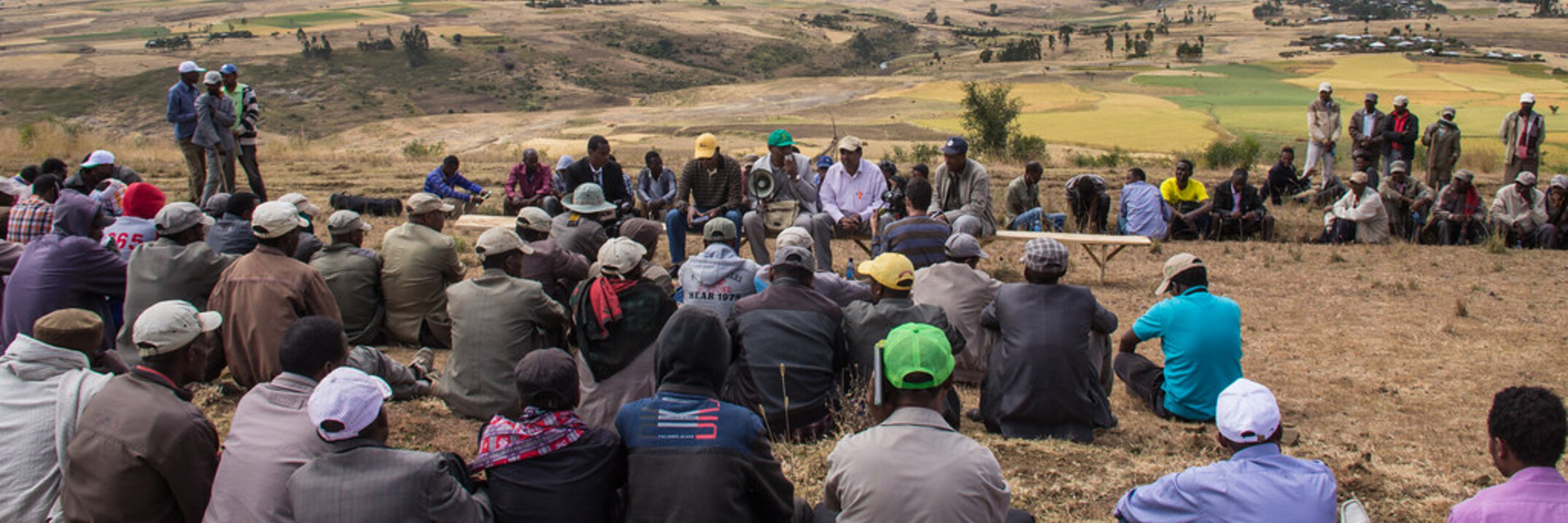Purpose
This study was conducted in four semi-arid regions in Tunisia – Kef, Siliana, Zaghouan and Kairouan – which have a similar agroecological system based on crop–livestock integration and experience serious soil erosion. The study objective is...


